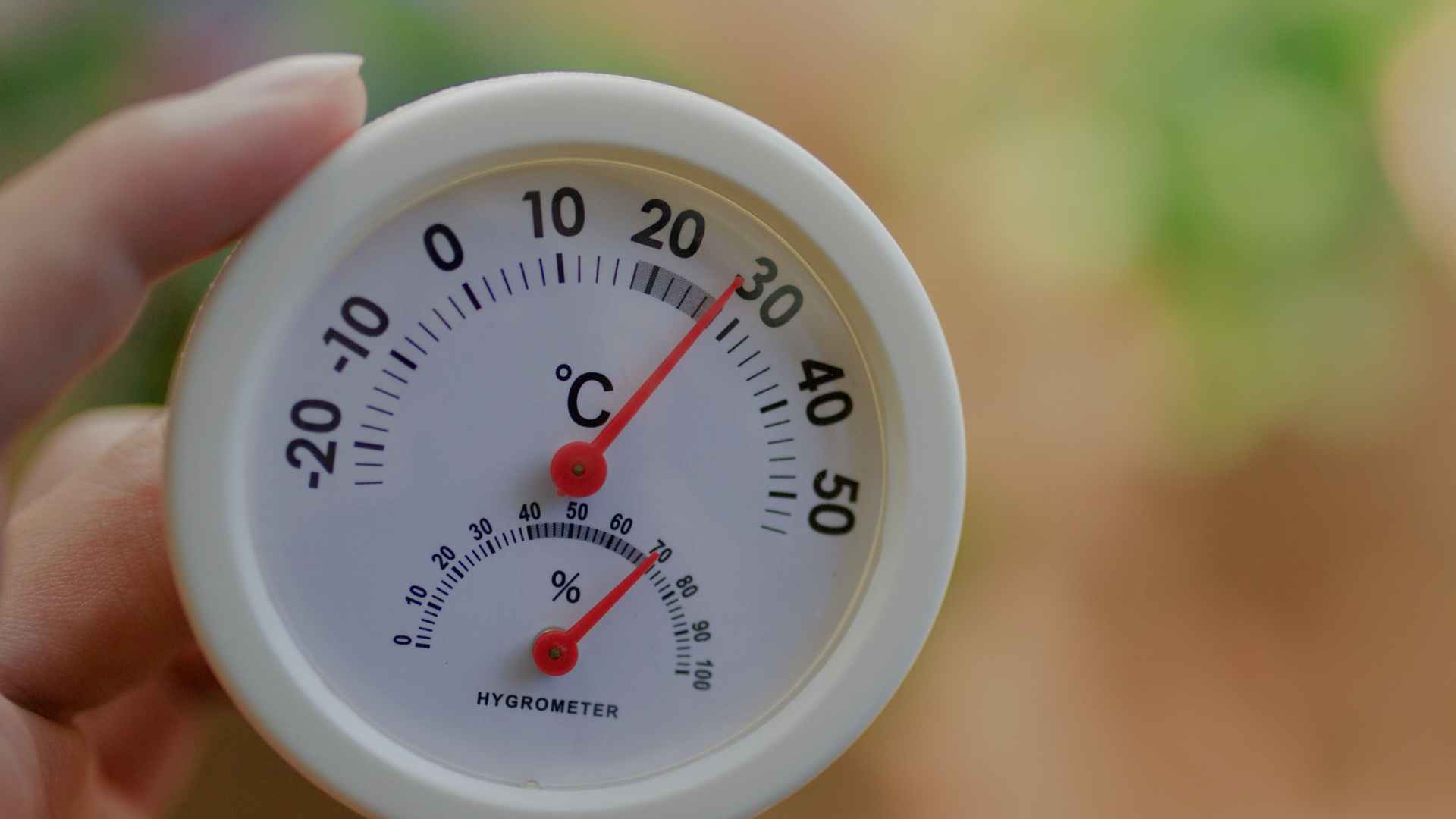The Impact of Humidity on Skin, and Fungal Infections

‘There’s humidity in the air’, what does it actually mean? It’s just the amount of moisture present in the air. Humidity is a natural aspect and it can have positive as well as negative impact on an individual. It plays a significant role in determining the skin’s condition. Let’s understand humidity, its link with fungal infections, and how to deal with them. Let’s read on.
THE ROLE OF HUMIDITY
Humidity is the amount of moisture in the air. When we say a particular region has high humidity, it means that the air in the region holds more moisture. This causes excessive water buildup on the skin. This might be beneficial for people with dry skin as the skin retains more moisture.
Increased humidity is a big problem for people having oily skin. The high humidity causes the skin to produce more oil which clogs the pores and leads to breakouts. Damp and moist skin can also open doors for fungal infections.
HUMIDITY AND FUNGAL INFECTIONS
Warm and moist weather is a perfect breeding ground for fungi. Hence, humidity plays a significant role in the occurrence and spread of fungal infections. When skin remains damp and moist for an extended period of time, it is more susceptible to fungal infections. Let’s explore some of the common issues that occur due to high humidity.
SKIN RASH
When there is prolonged exposure to high humidity, it is going to increase the moisture on the skin. This creates a perfect environment for fungi and bacteria growth. This causes skin rashes.
JOCK ITCH
Jock itch is a red and itchy rash that can be very uncomfortable and persistent! It typically occurs in the groin area.
RINGWORM
The name often causes confusion. Ringworm is not caused by any worm, but by a fungus. It causes circular, red, and scaly patches on the skin, and can appear on various areas of the body.
ATHLETE’S FOOT
It is a type of fungal infection that affects the skin between the toes and soles of the feet. This causes blisters, redness, and itching.
CANDIDIASIS
This type is often called a yeast infection. Candidiasis occurs in warm and moist areas such as armpits, genital areas, or under the breasts.
NAIL FUNGUS
The fungal infection does not spare your fingernails and toenails. The infection of fingernails and toenails is called onychomycosis. When the feet or hands are warm and damp consistently, there’s a risk of fungal infection. Some of the symptoms include brittle and discolored nails that break easily. The affected nail also can experience pain and develop swelling.
TINEA CAPITIS
This is a fungal infection of the scalp, eyebrows, and eyelashes. This affects the hair shaft and follicles. This fungal infection can spread through contact or sharing of things like towels, pillows, or hats. It usually affects children, but can also affect people of any age.
PREVENTION OF FUNGAL INFECTIONS
Places on the body which sweat more and are moist are prone to these infections. Let’s check what preventive measures you can undertake to keep fungal infections at bay
CLEAN AND DRY SKIN
Take a shower after sweating! It’s as simple as that. This cleans your body of dirt and bacteria and removes excess moisture. Dry your skin thoroughly after it and focus on areas prone to sweating too.
BREATHABLE FABRICS
Avoid tight clothing. Opt for breathable and light clothing that allows air circulation. This reduces the moisture buildup on the skin and reduces the risk of fungal infections.
PERSONAL HYGIENE
Avoid sharing your personal things! These include towels, clothes, hats, combs, and other personal things with others. This can prevent from spreading of the fungal infection.
ANTIFUNGAL POWDERS AND CREAMS
Individuals prone to fungal infections should consider using over-the-counter antifungal powders and creams. If an individual is in high-humidity areas, extra care needs to be taken.
MAINTAIN HEALTH
Strong immunity is the key. A strong immune system can fight a fungal infection more effectively. Exercise regularly, maintain a healthy diet, and get enough sleep.
Humidity is a natural aspect of the environment and we have no control over it. It impacts our skin in various ways and provides a ground for fungal infections. The majority of fungal infections are not life-threatening. They can be treated easily provided they are diagnosed in time. By following proper hygiene, skin problems caused by humidity can be avoided. Consult a dermatologist in case you notice any signs of a fungal infection. Take proactive steps and stay safe!
